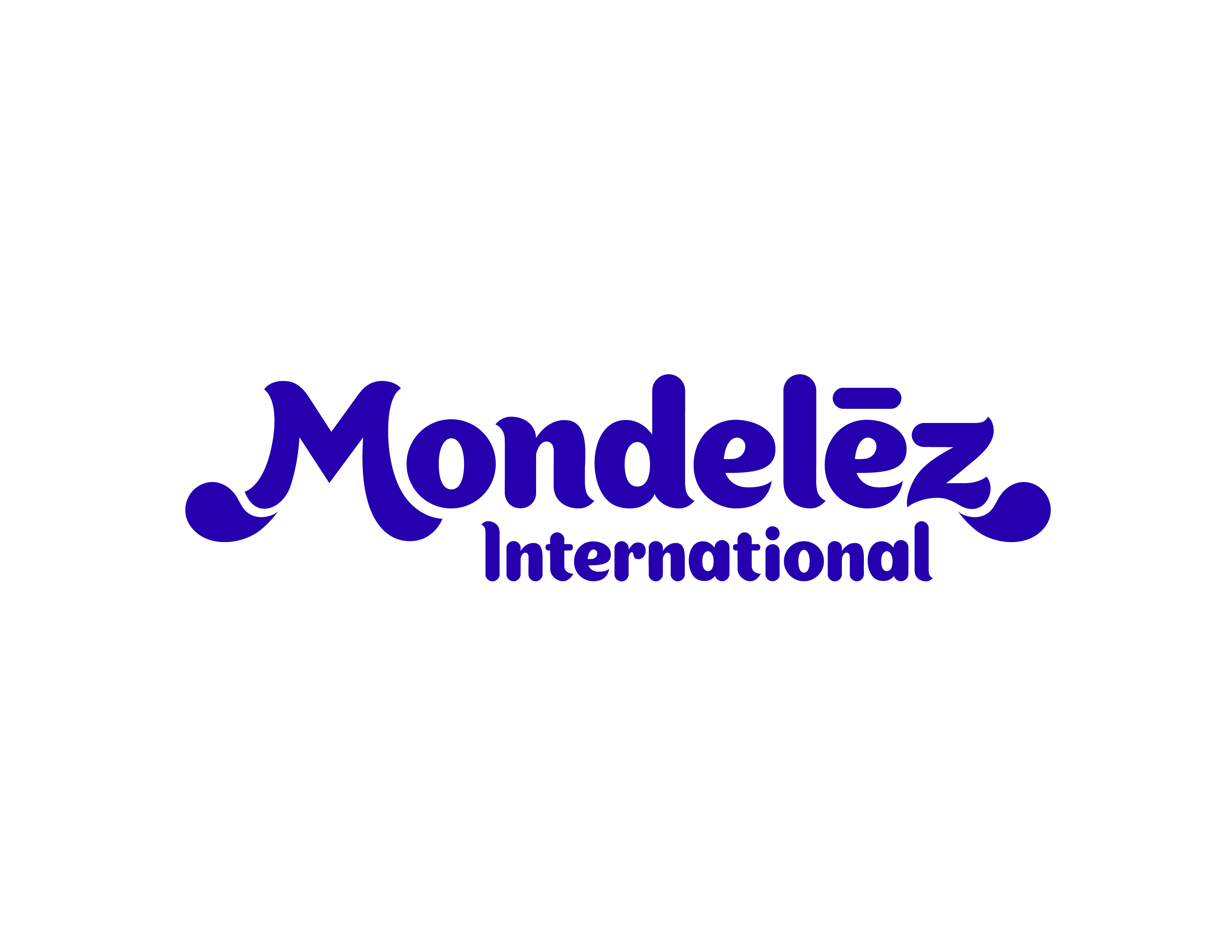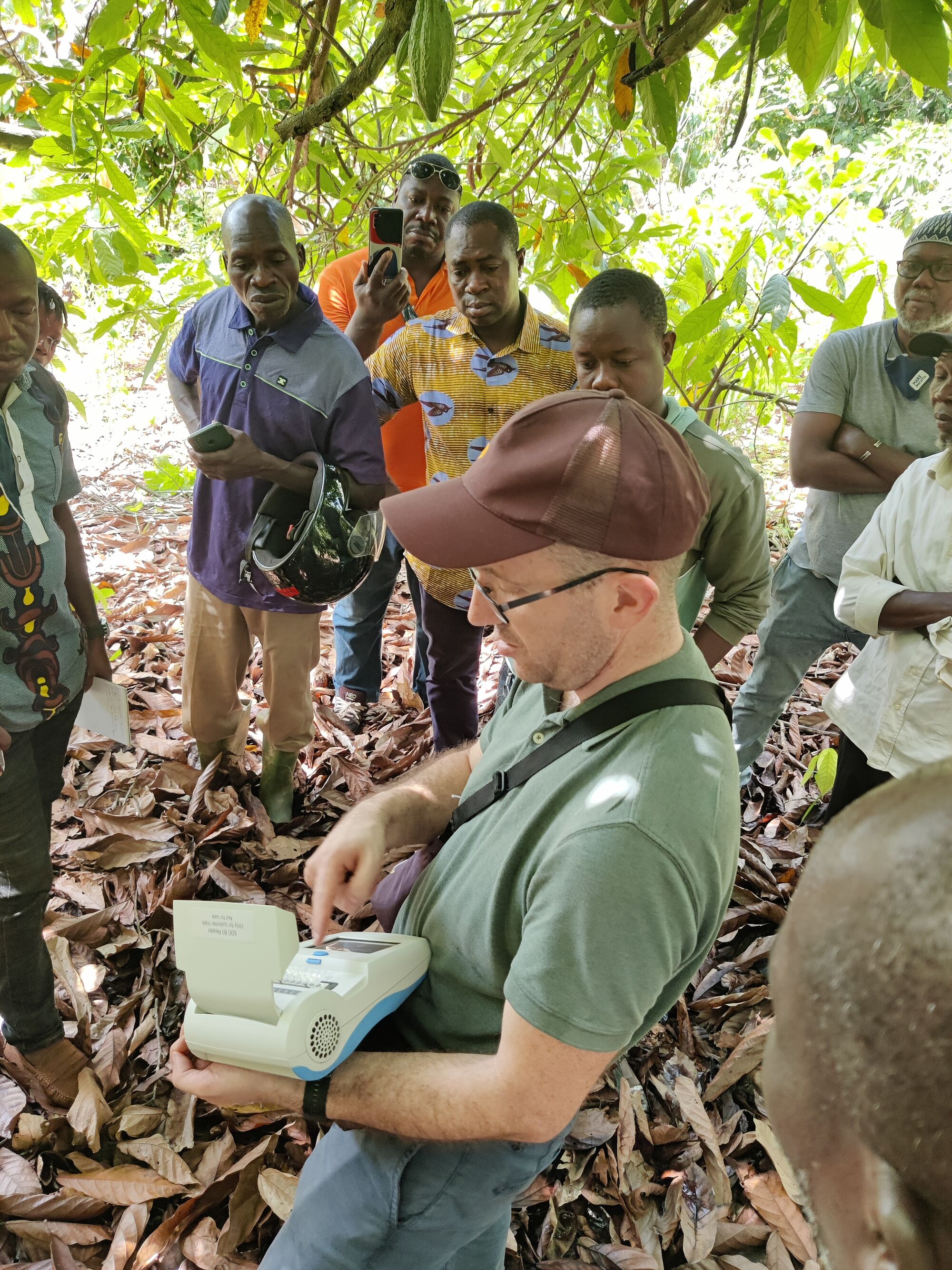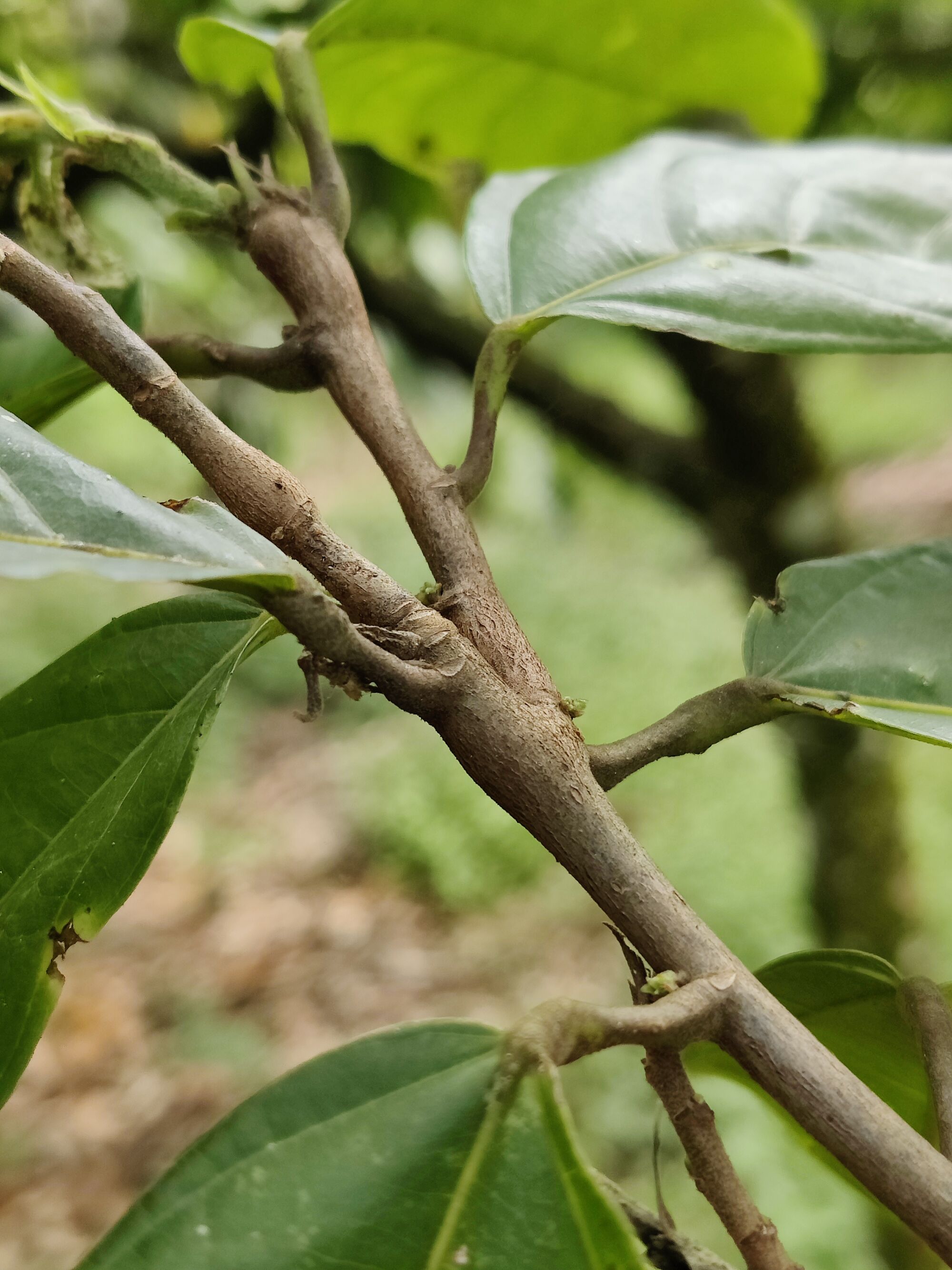Prevent the Spread of Cocoa Swollen Shoot Virus Disease
What is the main objective of the project?
The cocoa swollen shoot viral disease has been endemic in West Africa since the 1930s. There is no known cure for infected trees that produce 70% cocoa less before dying. Infected trees can be asymptomatic for years while continuing to spread the disease to surrounding farms.
SwissDeCode together with Mars Inc., has developed an easy-to-handle test, a so-called DNAFoil CSSVD test, that will help reduce the spread of the cocoa swollen shoot disease through rapid, in-field detection of the virus in still asymptomatic leaves. The SWISSCO member and its partners wish to bring this innovation to Ghana, the country which is the most affected by the disease.
How the project contributes to sustainable cocoa production
Firstly, by safeguarding cocoa farmers’ income as early testing reduces virus spread to healthy cocoa plants and preserves cocoa yields. Secondly, by preventing large-scale deforestation. When trees die from the virus, farmers often clear forests to plant new cocoa trees. Thirdly, by supporting gender equality: the rollout of the DNAFoil CSSVD kit includes female farmers.
«Collaboration in innovation is the best way to deliver new solutions to those who need them most. We are proud of this public and private partnership. Our rapid test that detects the cocoa swollen shoot disease has the potential to benefit 14 million smallholder cocoa farmers.»
Steps taken during the project
In the first phase, there is collaborative and comparative testing with the DNAFoil and PCR test methods in the Cocoa Research Institute of Ghana (CRIG).
On the one hand, these tests are performed on plants inoculated with different virus strains, and on the other hand, asymptomatic trees that are known as infected. In this project phase, testing effectiveness standards are set and the protocols are established.
In the second phase, numerous in-field pilots are carried out in farming cooperatives and on selected plots. These pilot projects include prevention approaches against the disease and are locally anchored: they will be carried out in collaboration with the Ghana Cocoa Board (COCOBOD) and the Cocoa Health and Extension Division (CHED).
What is innovative about this project?
For decades, the virus has been infecting cocoa trees creating an acute problem for the cocoa industry, as it can reduce cocoa yield by up to 70%. An efficient method to quickly detect the virus in-field in asymptomatic trees has been found for the first time.
The DNAFoil CSSVD test is easy to perform and allows anyone out in the fields to quickly test cocoa trees, using their leaves as samples. The test was successfully applied in Côte d'Ivoire: it detects the cocoa swollen shoot viruses even before the trees show any symptoms, providing results in less than an hour.
Compared to the alternative methods such as PCR, the DNAFoil CSSVD test is attractive because it is adapted for in-field testing, is faster, more accurate and more cost-effective. It also allows real-time geo-tagging and hence precise registration of the infected area.
This rapid test enables farmers to detect infected trees, even before they show any symptoms. Thanks to the test, they can take immediate action to protect healthy trees and safeguard their income.
How does the project contribute to improving the (economic) situation of girls and women?
The impact of the cocoa swollen shoot viral disease on farmers’ livelihoods has a very strong gender dimension. The disease hits female household heads and women in households in general harder.
It is also more difficult to find labourers to cut and replant in female-run households, often forgotten by campaigns to mitigate the disease.
Thanks to a rollout of the test kit that includes female farmers and specific targeting and training of female household heads, the DNAFoil CSSVD test has the potential to reduce poverty and gender inequality
How it is ensured that sustainable innovations implemented are scalable?
Deployment, dissemination of learnings, and local scalability of the innovative cocoa swollen shoot virus test are ensured through the involvement of the Cocoa Research Institute of Ghana (CRIG) in the first project phase of collaborative analysis and in-field protocol definition.
Additionally, to ensure local institutional buy-in, a task force has been established, chaired by the Ghana Cocoa Board (COCOBOD) and featuring participation from other relevant local institutions.
Coordination efforts extend to Ivory Coast and Ghana's Cocoa Initiative, focusing on the exchange of cross-country learnings. Furthermore, technology transfer to West Africa is being envisaged, including onshore assembly and, ultimately, local manufacturing of the test kit. These measures, when implemented, would collectively contribute to the effective deployment and widespread adoption of this innovation within the cocoa industry.
Organisations involved







